The Art of Making a Bed
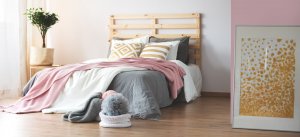
We just don’t appreciate how much time we actually spend in bed– it’s around 3,000 hours every year. All of that time means giving our beds special attention is completely justified. Our beds are our rest havens and give us a good night’s sleep. Making your bed extra special can be a part of that rest process, too.
Making a bed is actually a true art. You can testify for yourself by observing a bed at any luxury hotel. Part of the room’s magic lies in the bedding as well as in the best secrets for setting it all up beautifully. Today, we’re going to learn how to dress up a bed in order to enjoy it and sleep luxuriously.
Elements for making a perfect bed
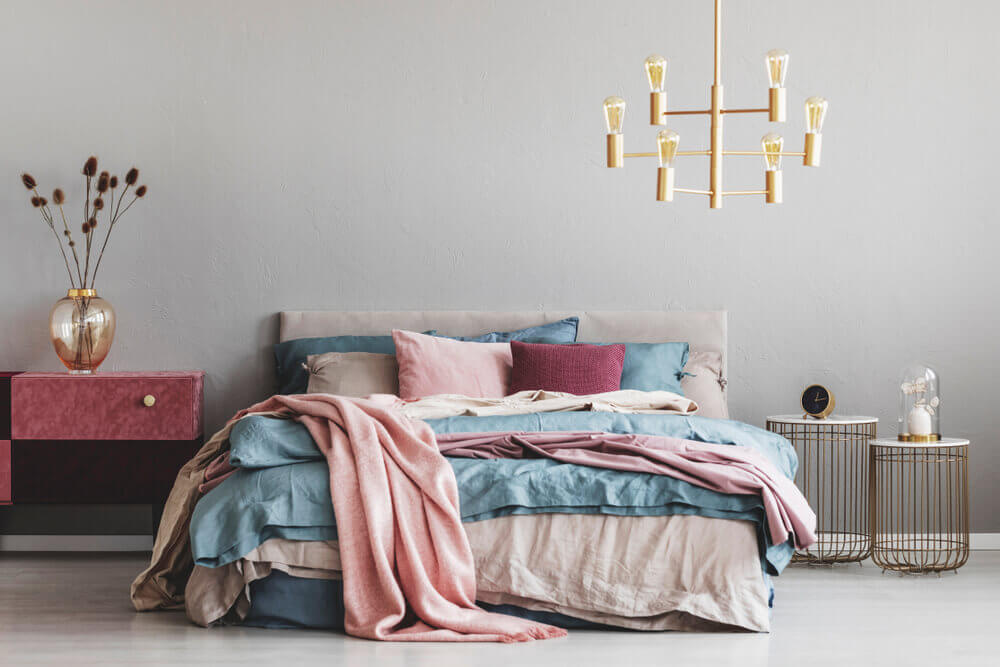
Your bed deserves some investment— and we mean in each and every one of its layers: the mattress, bed base, plaids, pillows, and comforters. But if you want the ultimate bed, you’ll also need to think about the bedding. Each element, its quality, and positioning will be the differentiating factor.
High thread-count bedding, quality pillowcases, various-sized throw pillows, and blankets, as well as a nice comforter, are the pieces you’ll need to make a perfect bed.
Pillowcase and throw pillows

There are many kinds of pillowcases and throw pillows you can choose from. A standard pillowcase measures about 50 x 75 cm. It’s the most popular size for sleeping.
The Oxford pillowcase features a border or frill and the European square model is around 65 x 65 cm. This is generally placed below the main pillow.
A Boudoir pillowcase measures 30 x 45 cm in size and is often a decor accessory that complements the rest of the bedding.
Throw pillows can go right on top of the main pillow. These pillows come in different sizes and can match the comforter or the other bedding. They add layers of texture and color to bedrooms.
Bed sheets
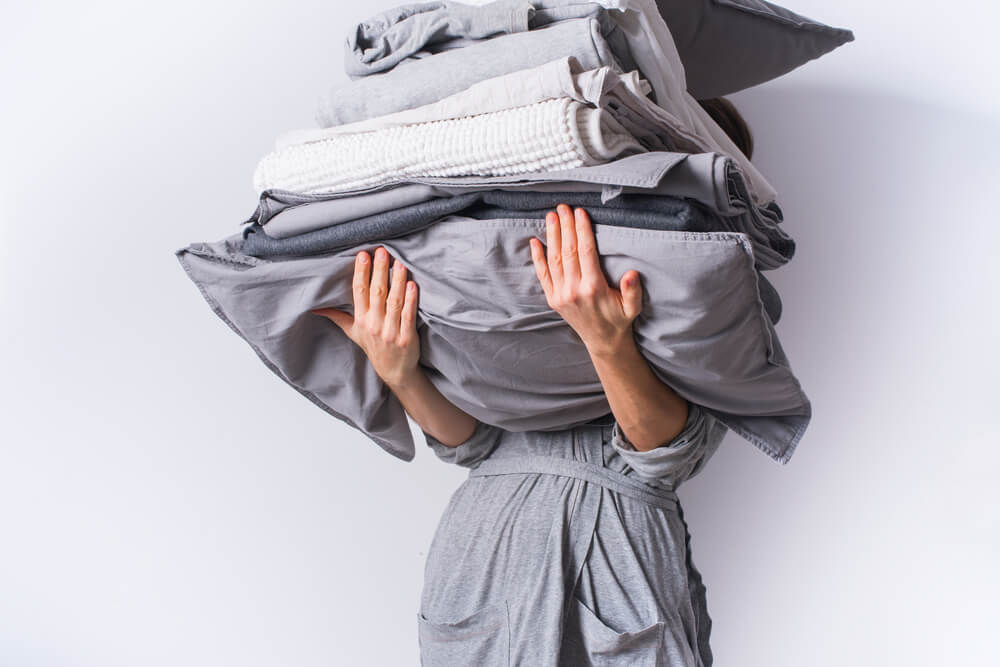
Let’s start with fitted bed sheets, which are specially designed to go on top of mattress covers and fit snugly around the corners. Fitted bed sheets featured elastic corners and you can find them in normal or extra-large sizes. The extra-large corners are great for beds that use mattress-toppers.
A normal bed sheet goes on right after the fitted sheet. It rests between the fitted sheet and comforter. Make sure that your sheet is long enough to tuck under your mattress to keep it in place. Tuck it in place by folding the corners and fitting them underneath the mattress.
Comforters and plaids
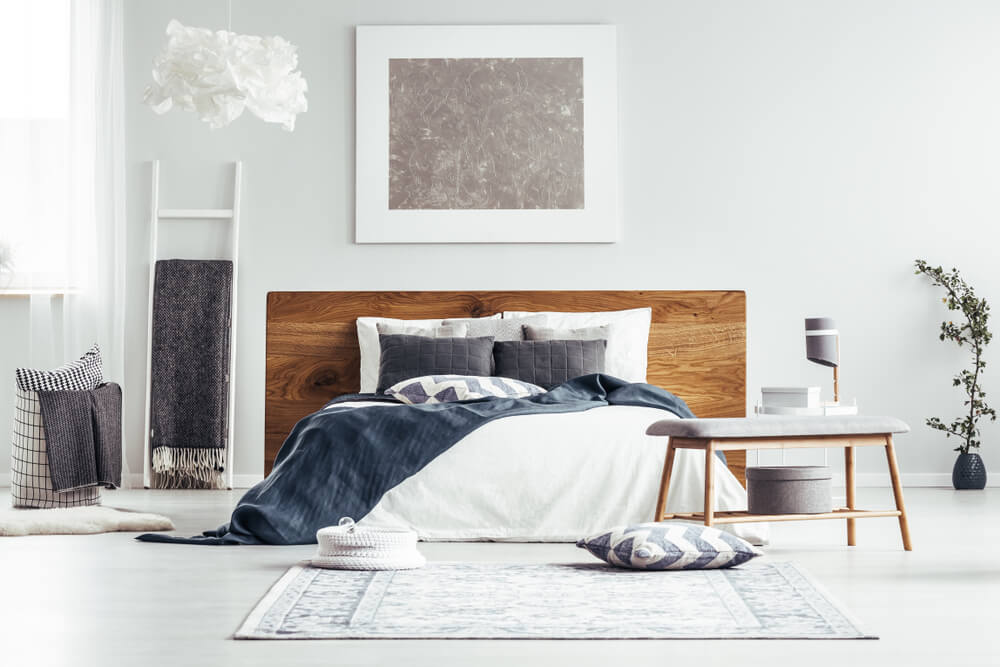
Once you’ve perfectly tucked your bed sheet underneath the mattress, lay over your comforter or blanket, which serve to both keep your sheets clean and provide as much warmth you need depending on the time of the year.
Replace your comforter with a thin blanket during summer or warmer months. You can find all kinds of models in stores. Make sure your throw pillows match your blanket to create a balanced, harmonious decor.
A nice plaid is the last piece for a perfectly made bed. It goes on the foot of the bed and should leave the comforter below it visible. A plaid is the last layer for a bed that’s worthy of praise. In addition, plaids can provide extra warmth or comfort when reading or watching TV.
Different styles for beds
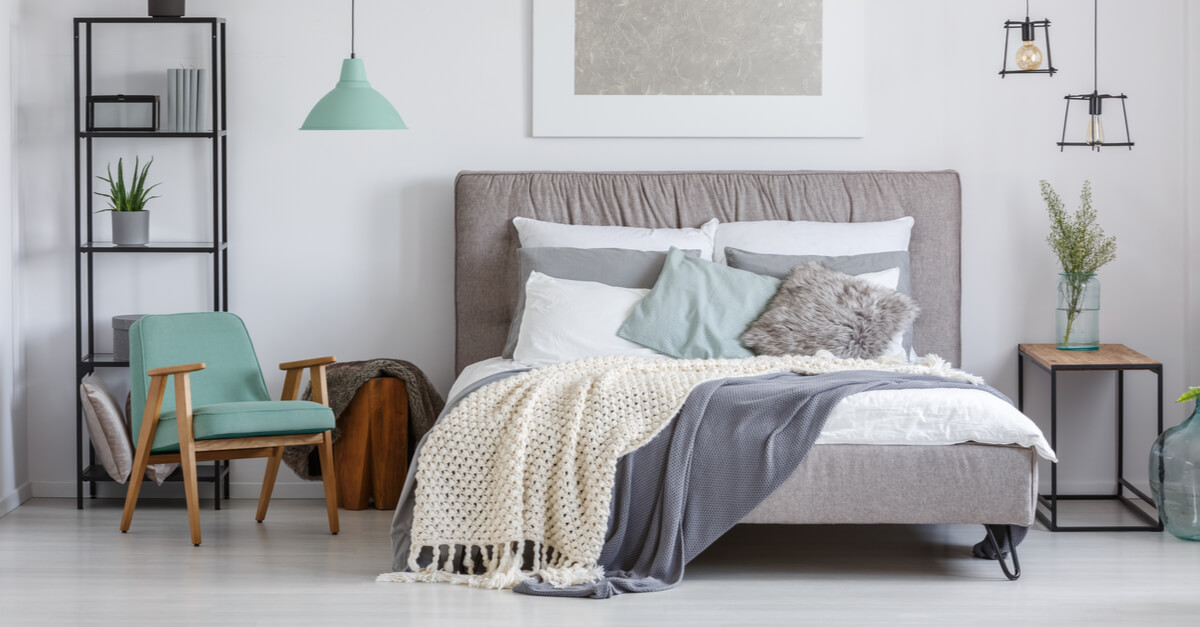
Your bedding should match the rest of your bedroom decor style, creating a balanced setting. Many people enjoy the simplicity a fresh, simple, white set for their rest haven.
For white bedding sets, you can use subtle decorative details such as borders or patchwork. These bed designs are timeless and always ensure rest. In addition, try contrast and texture to embellish neutral colored pillows, comforters, and plaids.
If you want something more dramatic, try a geometric, floral or a matching color pattern. The perfect formula is starting layers with a crisp white and adding floral or geometric patterns. Then, add color onto the top layers of your bedding.